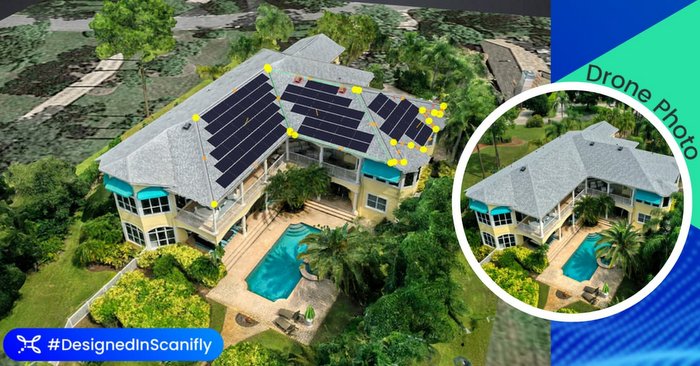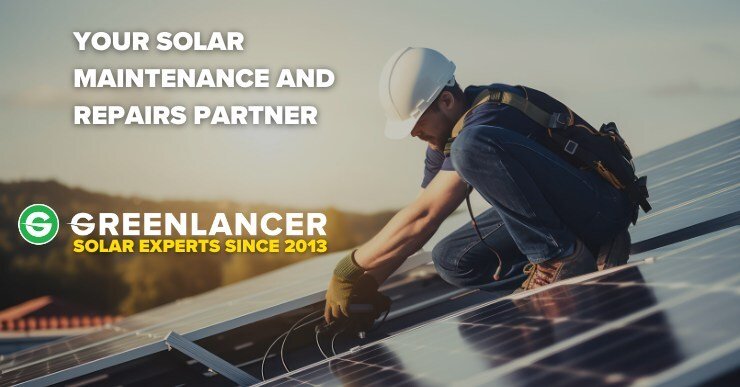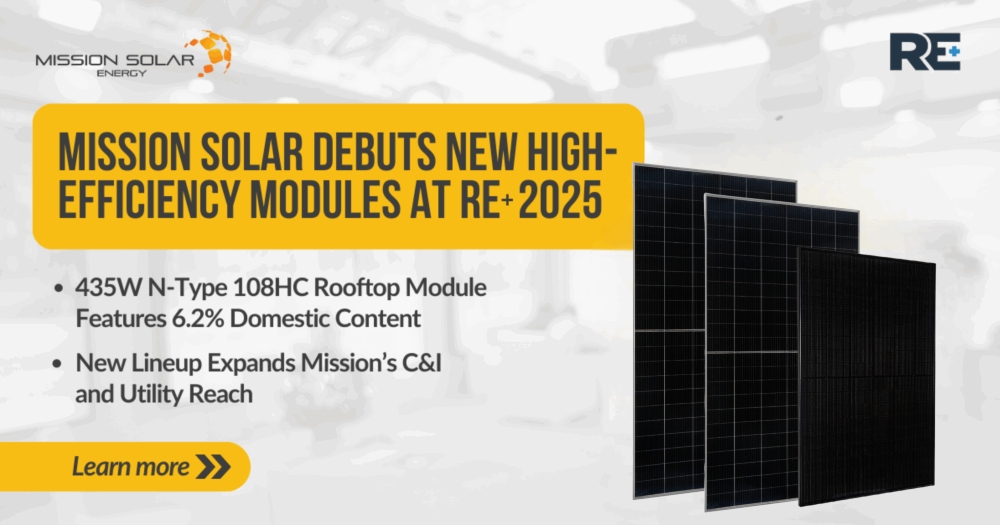Solar surveyors can be your best closers

The coverage of aerial imagery has increased in the last decade, which was a boon for solar contractors trying to quickly sell a project. However, 91 percent of solar professionals still contend that this imagery isn’t “good enough” to complete a project, forcing nearly all of them to conduct an on-site survey before construction. Given this frequency, it’s commonplace for site surveyors to interact with homeowners.
This may sound odd, as solar contractor sales models all start with a sales rep visiting the property owner — unless done virtually. However, regardless of model, the surveyor has an outsized role in providing confidence to the entire process.
First, surveyors act as the technical expert during the project’s scoping process.
While a sales representative typically focuses on system performance and payback, a surveyor is expected to confirm the layout of the system prior to installation. They will also map out the electrical runs and determine the structural integrity of the property. As a result, the average survey takes 60-90 minutes giving the homeowner plenty of time to ask questions, such as “will this actually work”, “what electrical equipment is needed and where will it all go” and “how will solar shadow analysis impact the site?” A good salesperson usually speaks to these questions at a high level. A good surveyor will take the time to walk a homeowner through these details from their vantage point, and in doing so instill confidence and certainty into a process.
New technology can make an onsite survey into an experience for everyone.
Although 16 percent of solar professionals have drone experience, their application is on the rise. Drones specifically provide a unique benefit that a manual survey with a ladder and tape measure cannot — the cool factor. Some contractors invite the whole family to come out and watch the drone. In one case, a drone survey enticed surrounding homeowners to walk over, enabling the surveyor to distribute business cards after the flight and pitch the entire neighborhood. Because drones can fly autonomously, surveyors can stay on the ground talking to homeowners while the drone captures images. Roof surveys minimize the time a surveyor can actually speak with a homeowner.
Using drone imagery for a site survey also helps customers with project visualization. Right now, many proposals use hand-drawn sketches coupled with generic satellite imagery. Using drones with site design software, you can craft a 3D model of someone’s house and show them exactly where modules might go. This amplifies the cool factor and creates a visual experience for customers that a satellite or wireframe layout cannot compare.
Third, the surveyor’s tools and approach say a lot about a contractor’s business overall.
Solar is the energy source of the 21st century, but contractors are still using some 19th century tools, like ladders, tape measures and sketch paper. Some surveyors might also expect to harness in or “bolt on”, which prematurely pokes holes in the roof. Conversely, drones extend a reputation of technological expertise. Drones are not only more accurate, but also more scalable: many companies have said that drones can make the survey process five times more efficient. The tools you use reflects the quality of your company. Using a drone makes a clear statement about a solar contractor’s brand and values.
Finally, the thoroughness of a site survey can dictate the ease in which a project is completed. In a recent poll, 71 percent of respondents said that site survey measurements were not perfectly accurate. Scanifly also found that more than half of solar professionals say that 25 percent or more of their projects require redesigns. Many contractors experience “call-offs”, where installers get to the project site but cannot proceed for a variety of reasons. While the average residential change order is $750 per project, one really bad change order or project delay can crush a contractor’s profits, and worst of all ruin their reputation in a local market. A good survey, ideally with a drone, mitigates against all of these issues and can preserve, or better, expand, a contractor’s reputation in a market. Every property owner loves a smooth and reliable process.
When given the chance, surveyors can be your best salespeople. They need to be empowered to interact with homeowners and be given the best technology to implement their jobs. Surveyors are a wealth of knowledge that the solar industry has not been using to its full potential. With drone technology and 3D modelling software, the survey process becomes not just more efficient, accurate and safer, but also will accelerate sales and allow a solar business to show technological expertise. Unlock your surveyor’s potential.
Jason Steinberg is CEO of Scanifly.





Comments are closed here.